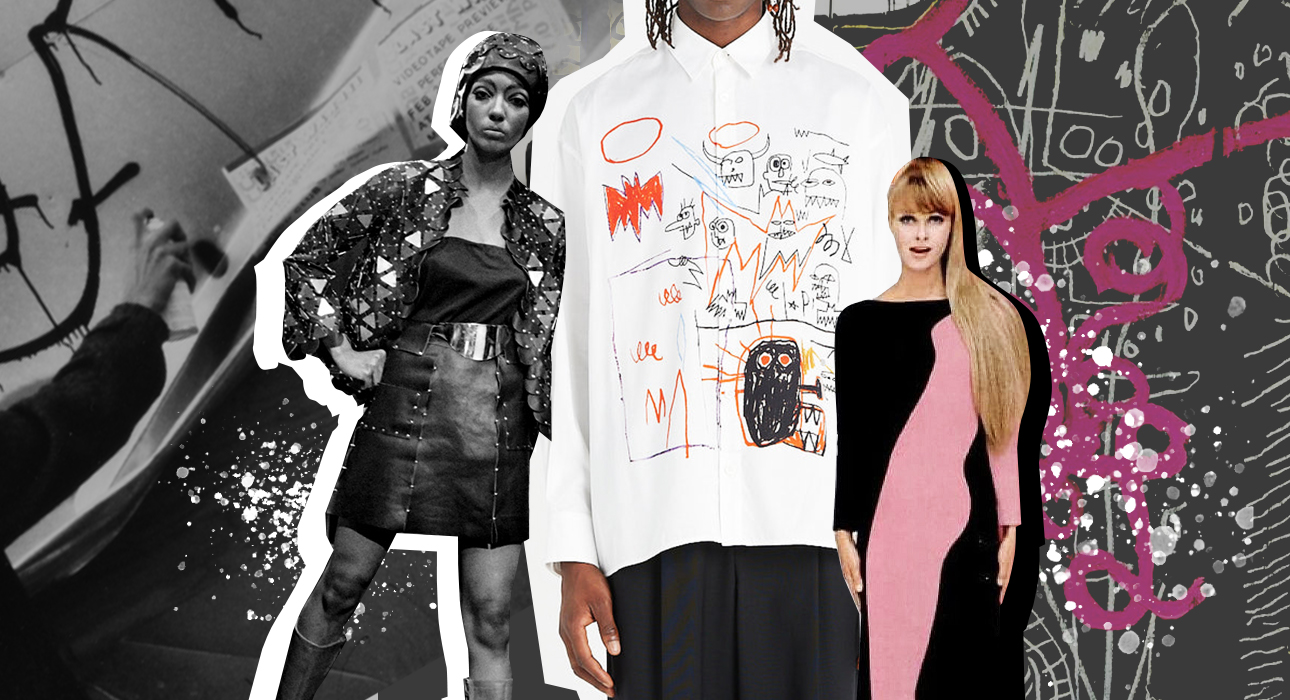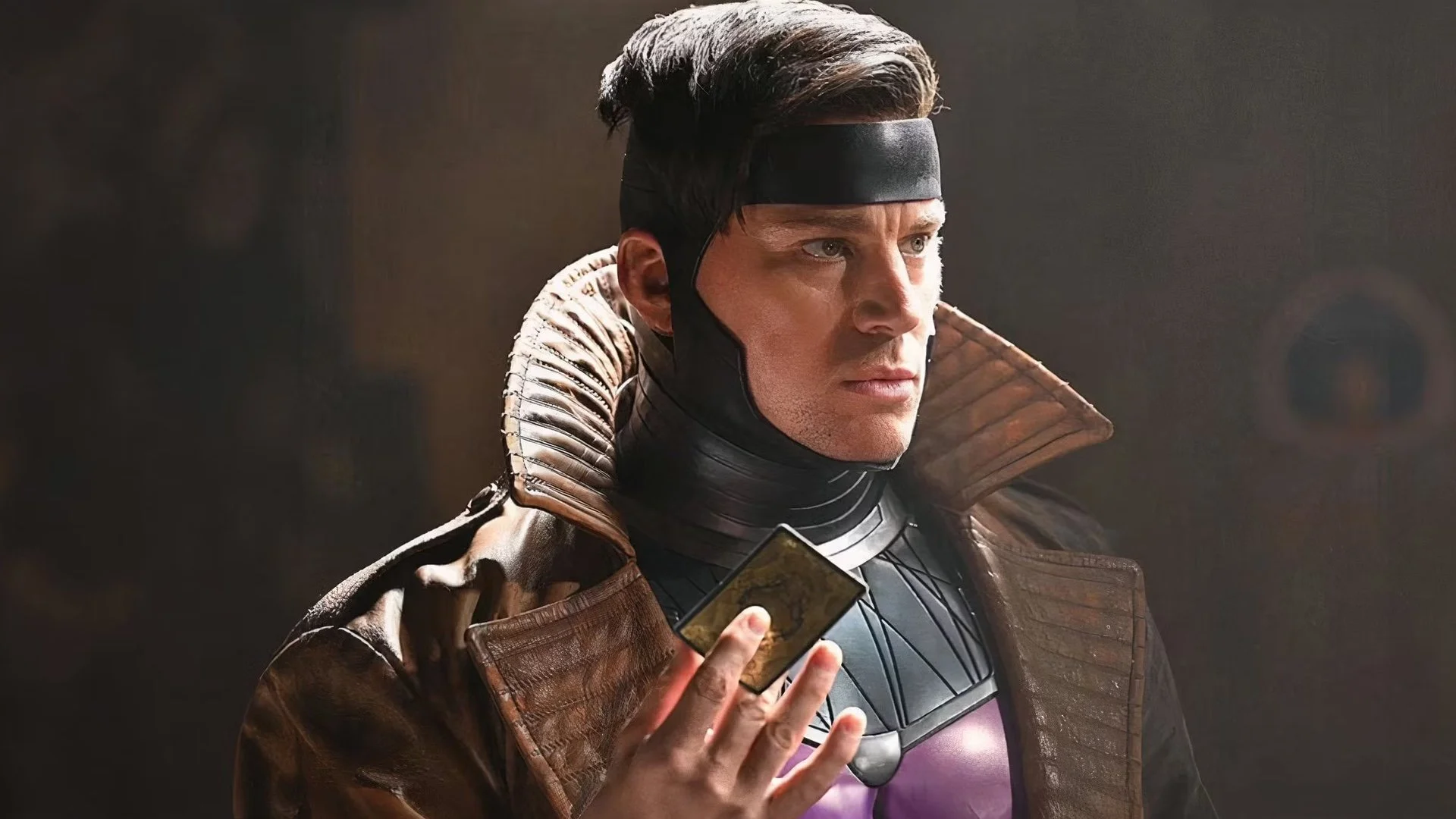Today, the fashion and art industries are not only interconnected, but also develop, complement and transform each other in common life. Designers often refer to masterpieces of world art, offer collaborations to young and talented artists, and in return create personalized things and organize real performances rather than shows.
In the meantime, we even made material where we showcase runway looks inspired by famous paintings, and we also talked about collaborations between artists and luxury brands.
And now we move on to the most interesting. Have you ever wondered how art trends affect fashion? We propose to discuss this topic together with the author of the Telegram channel “Bahçesaray Carnations”, Darina Alekseeva. Let’s give it to him.

Darina Alexeeva
The development of artistic styles over the centuries has determined fashion trends. In the 20th century, the combination of fashion and art achieved perhaps the greatest fusion – rapidly changing art trends not only inspired fashion designers but also led to a real revolution on the runways. In addition to images and forms inspired by the audacious experiments of avant-gardes and postmodernists, collaborations of artists and fashion designers have been created that transform clothing and accessories into real art objects. As Leon Bakst wrote: “Fashioners have artists before them, and artists their pioneers-innovators.”
avant-garde and fashion
Emerging in the 1900s, the avant-garde influenced all aspects of cultural life. Cubism, Futurism, Orphanism, Suprematism and other “isms” defined visual aesthetics for many years. Geometric shapes, bright colors, obsession with movement and speed, practicality and simplicity – all this is reflected not only in painting, architecture and design, but also in fashion.
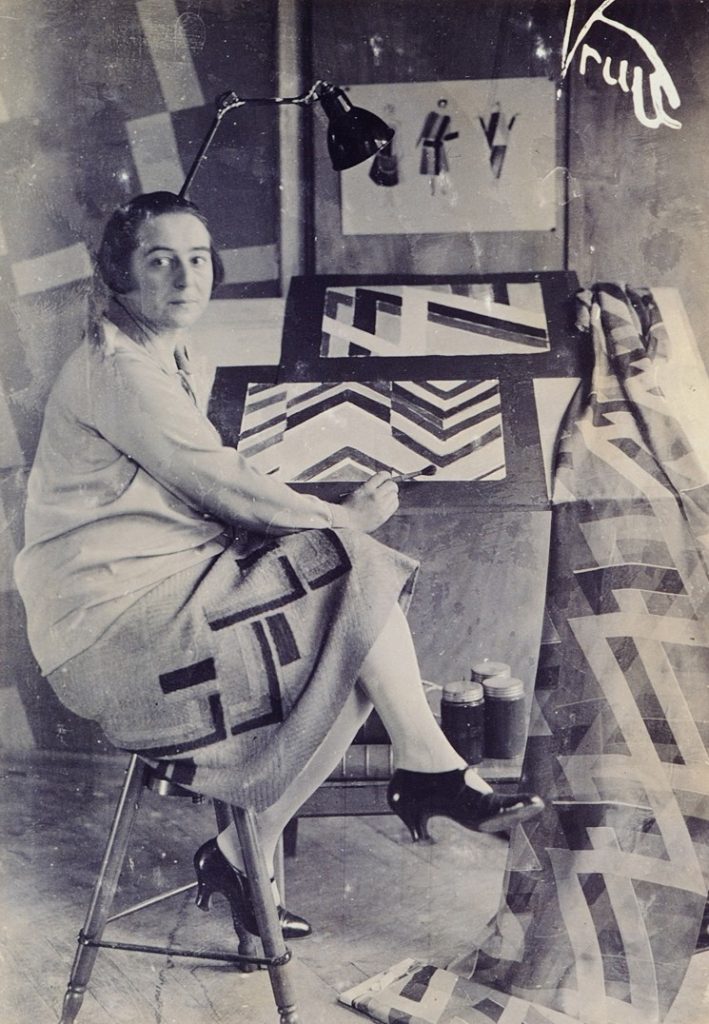
Orphist artist Sonia Delaunay developed textiles for Chanel, Lanvin and Jacques Heim, and opened her own Boutique Simultané, where clothes in line with the spirit of the time are sold for free women who prefer a concise cut instead of extreme luxury. Delaunay created things for life, reflecting the dynamics of the century, with cars, planes and sprawling metropolitan areas.

Russian avant-garde artists saw fashion as a suitable language to express their ideas. For them, fashion had to change completely and appearance had to become the personification of a new person.
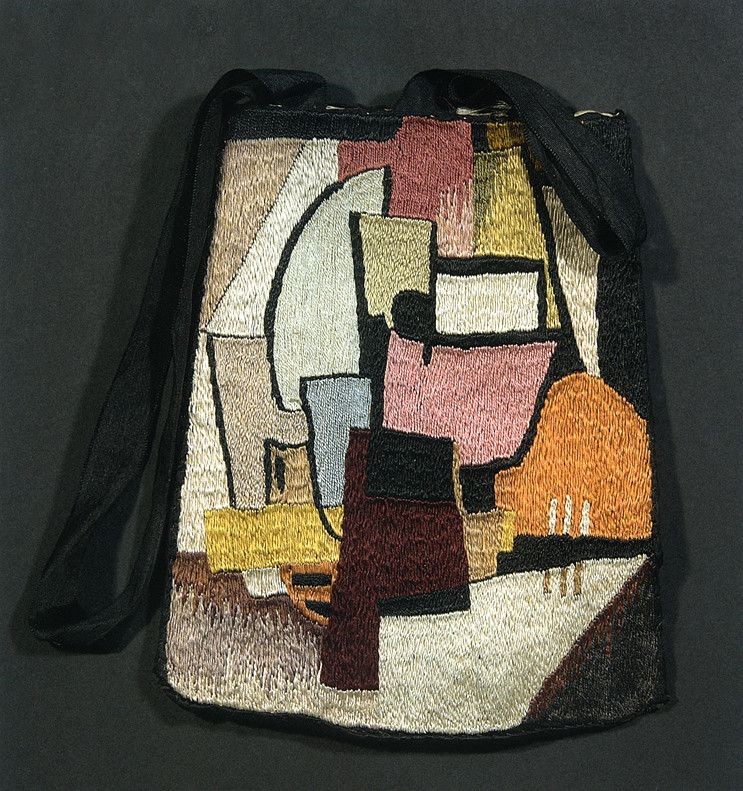
For example, Mikhail Larionov and Ilya Zdanevich painted faces, Vladimir Mayakovsky wore a yellow blouse, and Alexandra Exter, Olga Rozanova and Nadezhda Udaltsova designed dresses and accessories, combining geometric shapes with folk art techniques.
Kazimir Malevich headed the textile department of the industrial and craft workshops and, together with his students, created sketches for fabrics, bright combinations of Suprematist figures. He also designed suits and dresses based on the principle of color contrast.
-
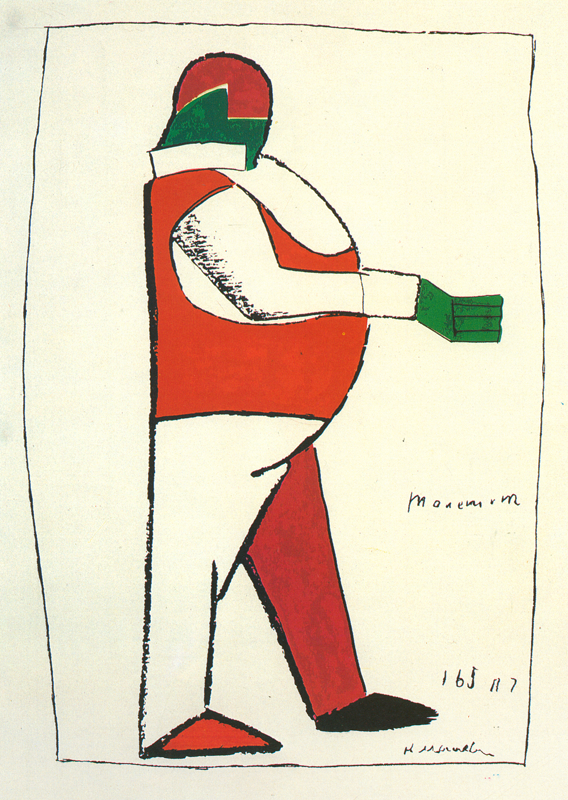
Kazimir Severinovich Malevich. Costume designs for the opera “Victory Against the Sun” -

Kazimir Severinovich Malevich. Costume designs for the opera “Victory Against the Sun” -

Kazimir Severinovich Malevich. Costume designs for the opera “Victory Against the Sun”
Constructivists put functionality to the fore, the clothes they invented were supposed to embody the new concept of Soviet people’s needs. Both Tatlin and Stepanova, as well as Rodchenko and Popova, became the original inventors of anti-fashion.
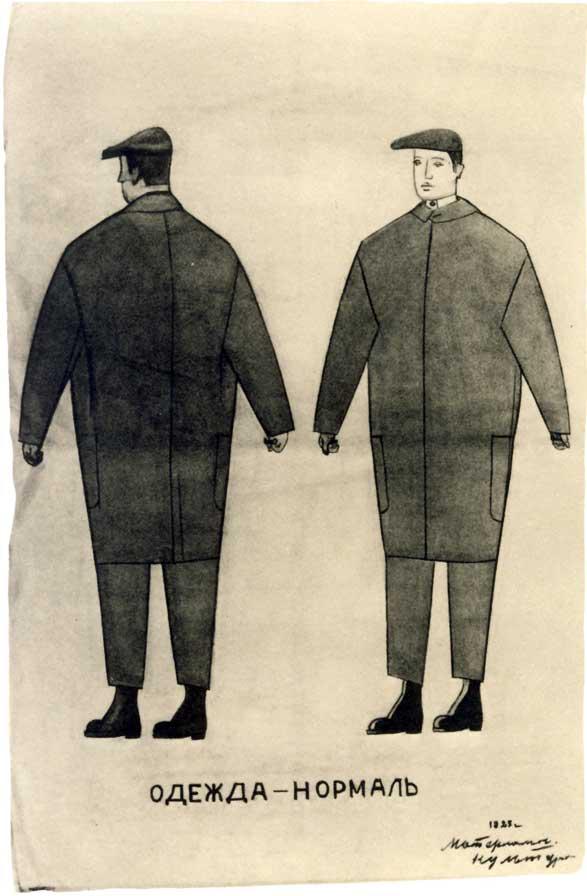
Vladimir Tatlin modeled a “normal” suit, which could not even be called beautiful from afar, but fulfilled its main task – to have as practical, hygienic and easily replaceable parts as possible. Lyubov Popova and Varvara Stepanova were engaged in overalls – they designed clothes for sports, worked in production and the like.
Surreal fashion of the pre-war world
Surrealism emerged in the period between the two world wars and instantly gained wild popularity. The strange images in the paintings of Max Ernst, Joan Miro, Yves Tanguy and others, the complex poems of Paul Eluard and Jean Arp, the strange films of Luis Bonuel perfectly reflected the madness of the surrounding world. In the manifesto, the movement’s ideologist Andre Breton wrote, “Only a dream leaves a person all his rights to freedom.”
-
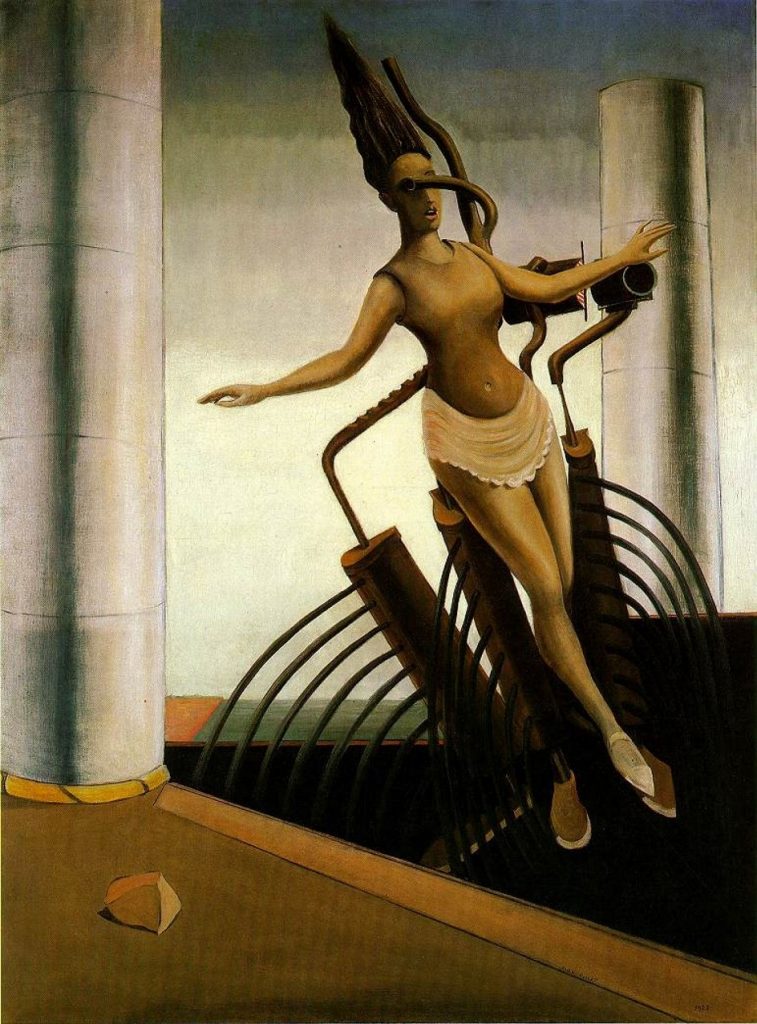
Painting by Max Ernst -
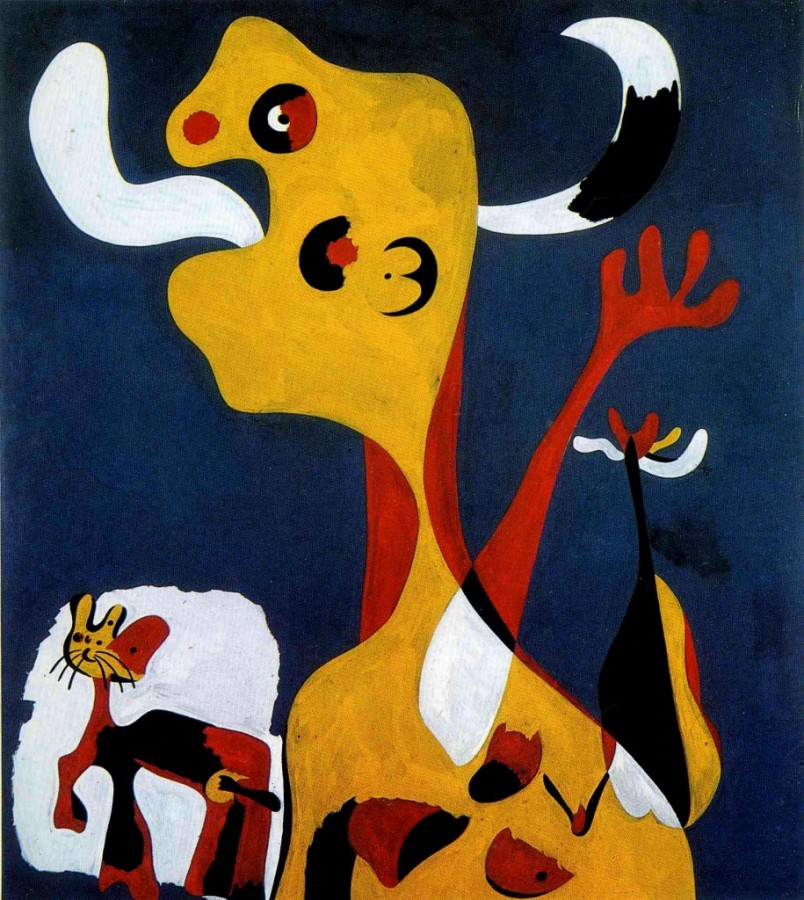
Painting by Joan Miro -
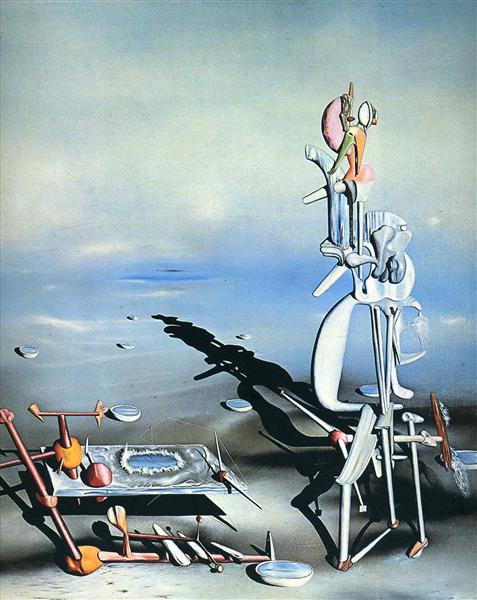
Painting by Yves Tanguy
Salvador Dali, the most important and scandalous surrealist, had not only a rich imagination, but also an insane capacity for work. He took part in every project where he could realize his extraordinary fantasies, and the fashion industry did not escape his influence.
-
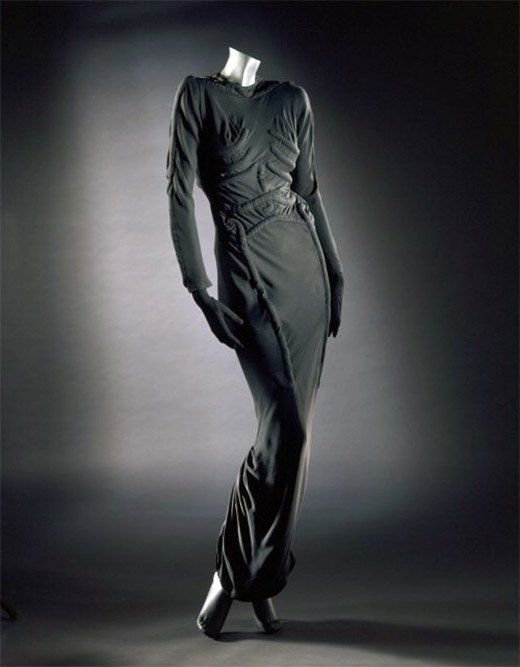
skeleton dress -

shoes hat -
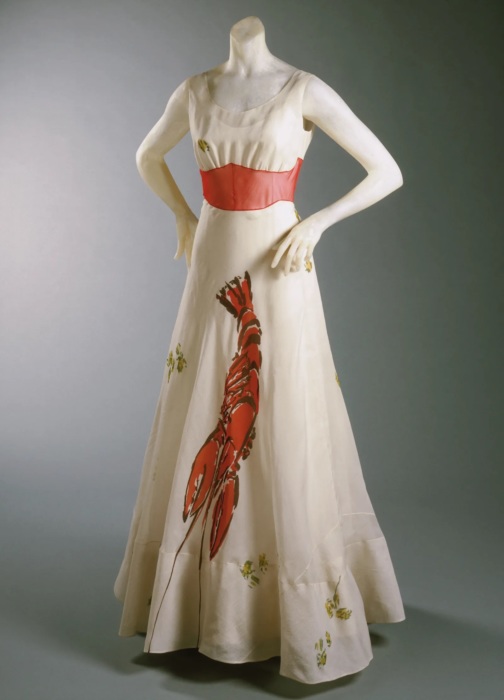
lobster dress
In the 1930s, Dali began collaborating with fashion designer Elsa Schiaparelli. She gave birth to many extraordinary models, such as the skeleton dress, the lobster dress, and of course the shoes and hats.

The idea for this headgear came about in 1932 thanks to a photograph of Dali posing with one shoe on his head and the other on his shoulder. The author of the picture was the wife and muse of the artist Gala, she was also the first owner of the hat shoes. The accessory itself graced the Schiaparelli winter collection 1937-1938.
Pop art and democratic fashion in the 60s
In the 60s of the 20th century there was a real revolution, both in art and in the world of fashion. The rebellious youth expressed contempt for any tradition, and artists and designers easily abandoned the usual materials and technologies.
-
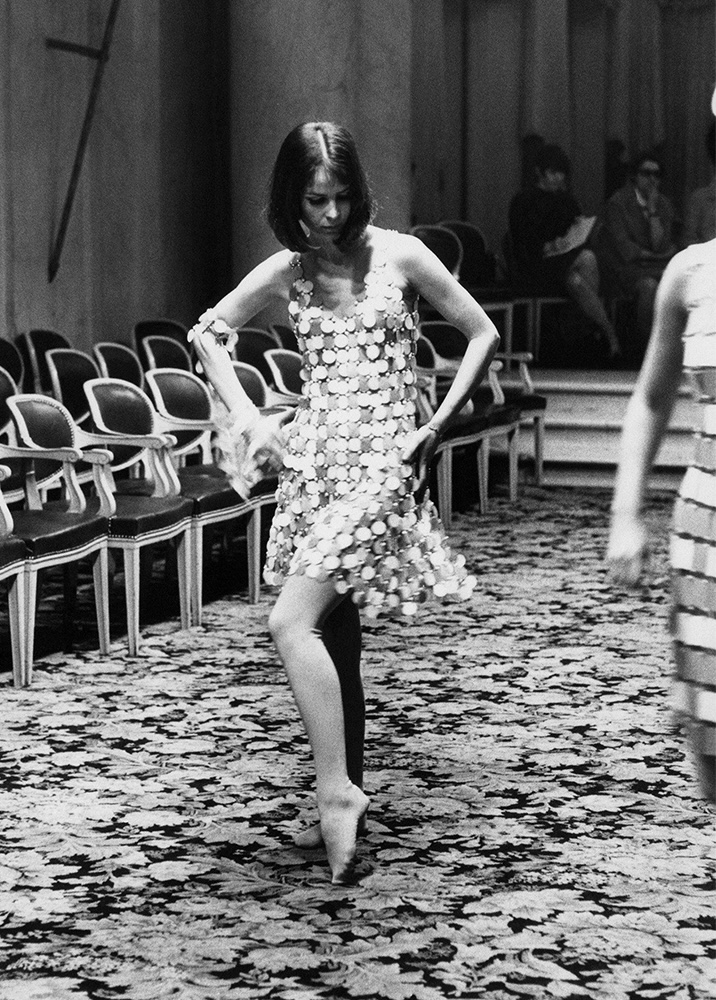
Paco Rabanne fashion show -
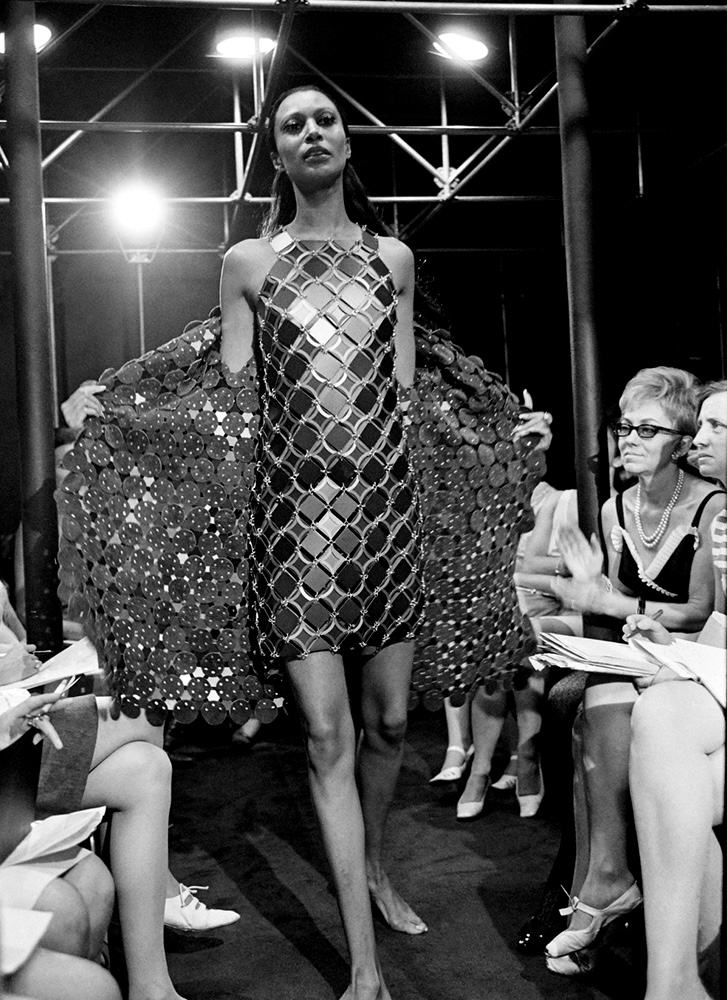
Paco Rabanne fashion show -

Paco Rabanne fashion show
Andy Warhol, former illustrator for glamor magazines and now the king of pop art, threw parties at the Factory and stamped Campbell soup cans, British woman Mary Quant popularized the miniskirt, and Pierre Cardin and Paco Raban made vinyl, metal and plastic in addition to ordinary fabrics.

Post-war femininity was replaced by laconic geometric silhouettes, magically combined with lines and figures verified from paintings by abstract artists. In 1965, Yves Saint Laurent presented to the public a collection of Mondrian dresses with a characteristic pattern borrowed from the canvases of the neoplastic painter Piet Mondrian, and a year later a collection was published, embodying the brilliance, enthusiasm and irony of pop art.
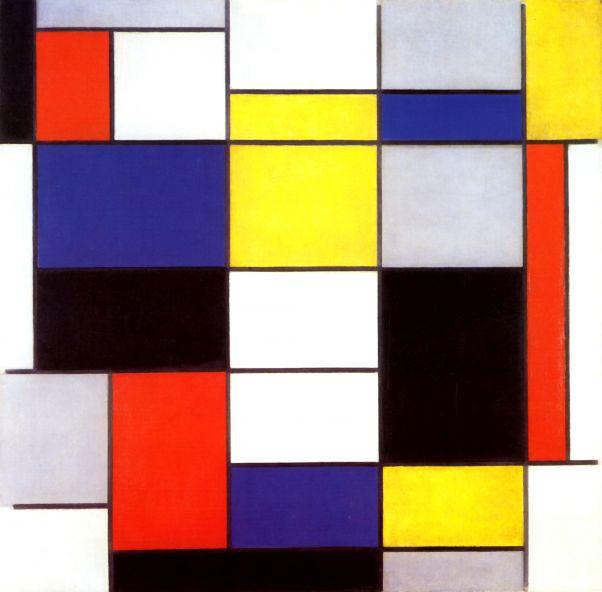
“I am constantly influenced by painting and owe my July 1966 collection to American artists such as Wesselmann and Roy Lichtenstein. All my dresses are illuminated by the landscapes, the moon and the sunlight,” said Saint Laurent.
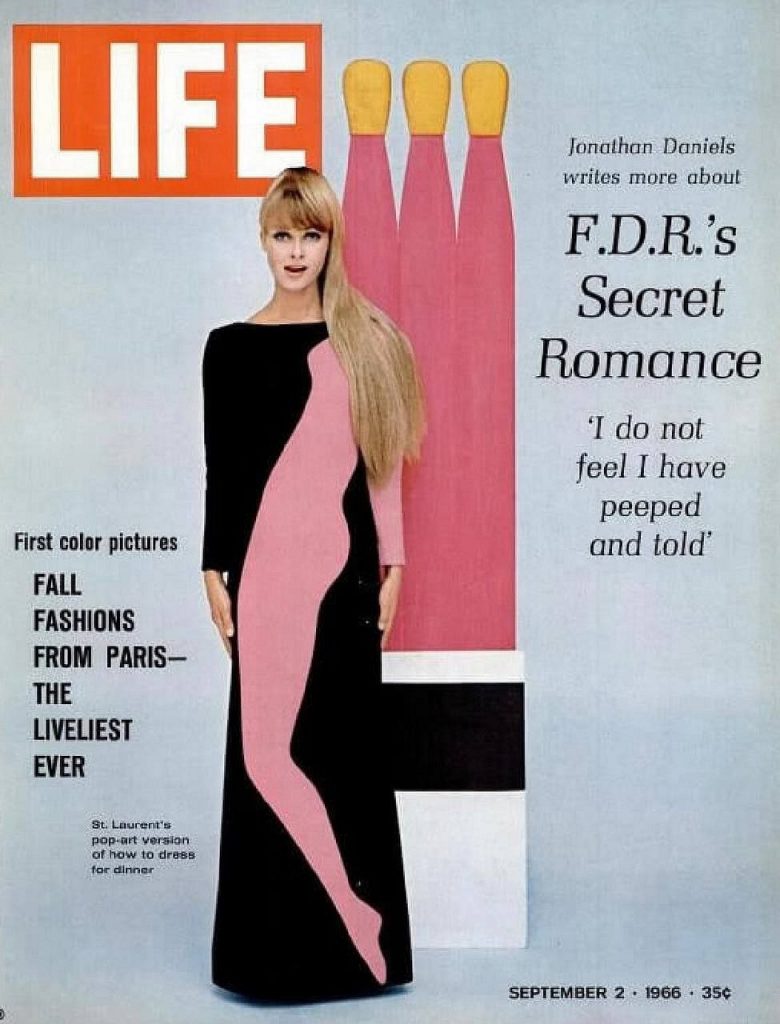
Pop art, with its advertising aesthetic and love of everyday life, has become a complete bridge between high and low culture, both in art and fashion.
Postmodernism and deconstruction
The postmodernism of the second half of the 20th century gave artists absolute freedom in expressing their ideas. Numerous new tools and practices have emerged, citations and appropriation have become an integral part of creativity, and the criteria for judging what is and isn’t art have changed a lot. Contemporary art has finally abandoned the task of being beautiful, masterfully executed, and pleasing to the eye. “Anything is possible” – perhaps this is how the current art culture should be characterized.
-
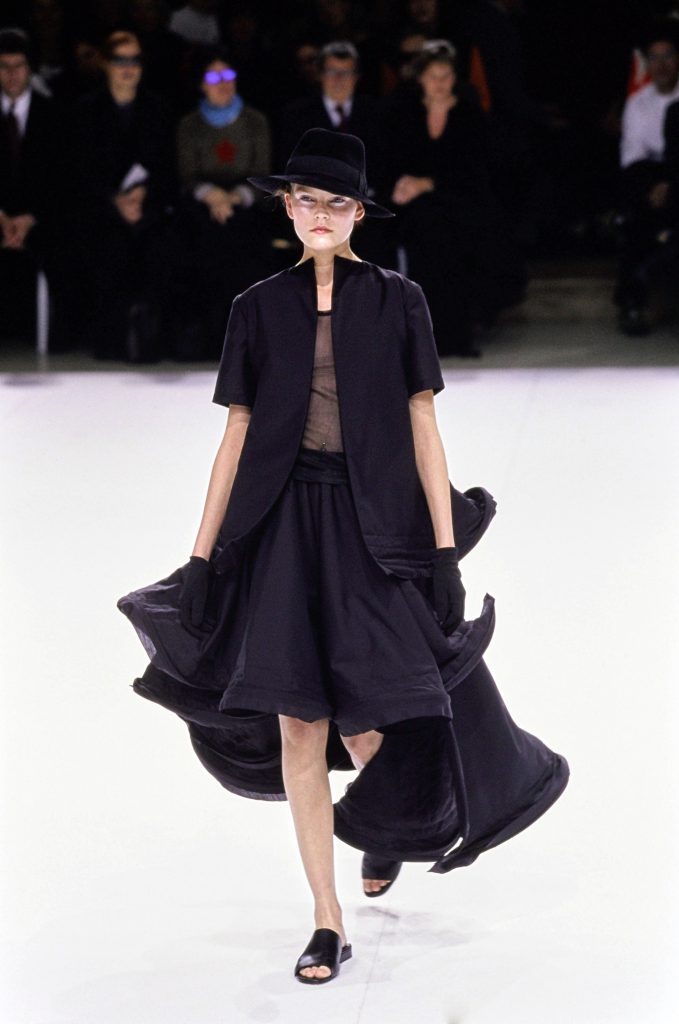
Yohji Yamamoto SS99 -

Comme Des Garcons Fall 1992
In the fashion industry, such changes have found expression in deconstruction. Martin Margiela, Yohji Yamamoto, Rei Kawakubo deliberately destroyed the traditional form, rejecting the so-called principles of good taste. Asymmetrical cuts, rough edges, raw cuts, all kinds of cuts, stitches, and “obvious” dart use became the hallmarks of these brands.
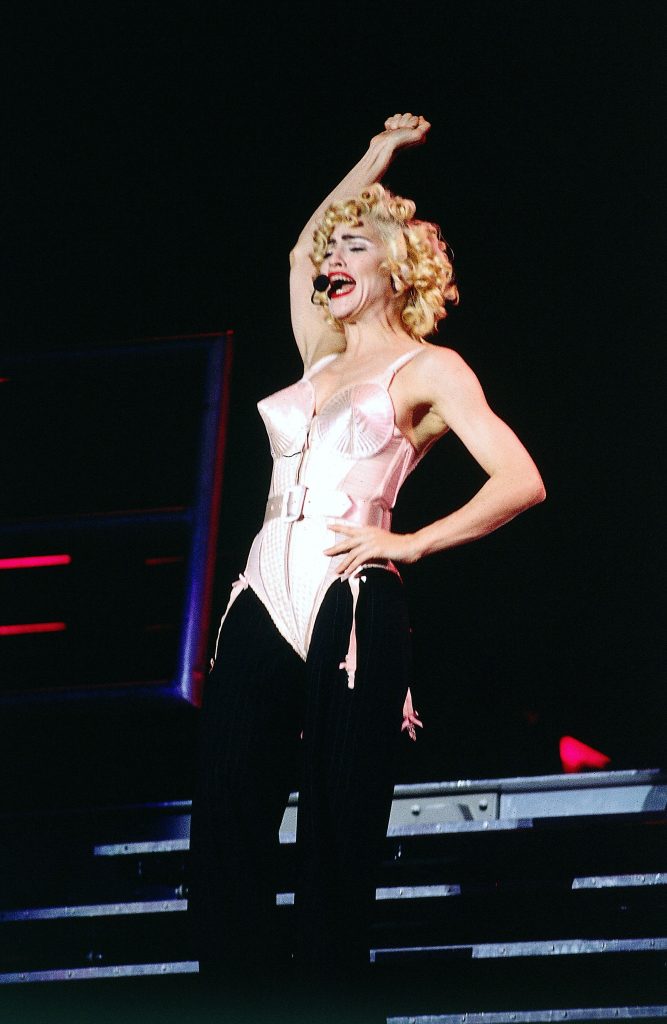
One of the well-known postmodern designers, a boy from the world of fashion, was Jean-Paul Gaultier, who created the unique image of the 1990s singer Madonna. She transformed her underwear into outerwear, cramming Madonna into a rigid corset frame with a pointed, shell-like chest that resembled armor. This kind of militant sexuality is complemented by male costumes that blur the boundaries of gendered physicality.
street art and high fashion
Street art, which emerged in the disadvantaged areas of New York in the late 70s, is almost the most commercial aspect today. Street artists are happy to be used for advertising, and fashion houses cooperate with them, believing that art is not copyrighted because it is produced in the public domain, and they even do not hesitate to steal their works.
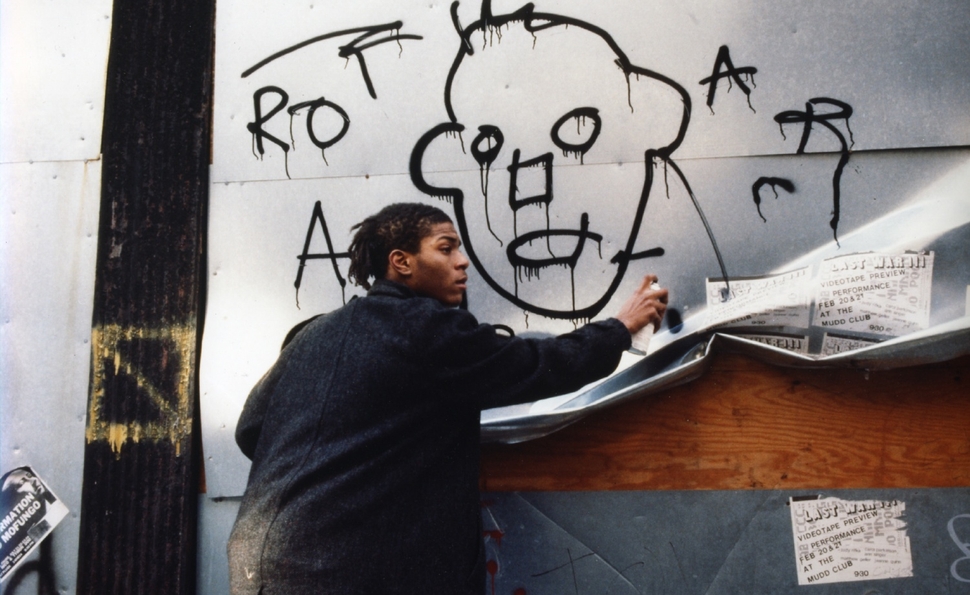
Street art, originally subcultural and opposed to the institutionalization and commercialization of the art world, was many men from the slums of the city who could not even afford a can of paint. Street art served as a way to leave a mark in the stone jungle, protest the soulless system of capitalism, and just have fun.
The fashion industry quickly responded to the potential of a wild and energetic art movement by incorporating drawings and graffiti from unknown artists into ready-to-wear collections.
-

Jean-Michel Basquiat. Painting “The Irony of the Negro Police” -
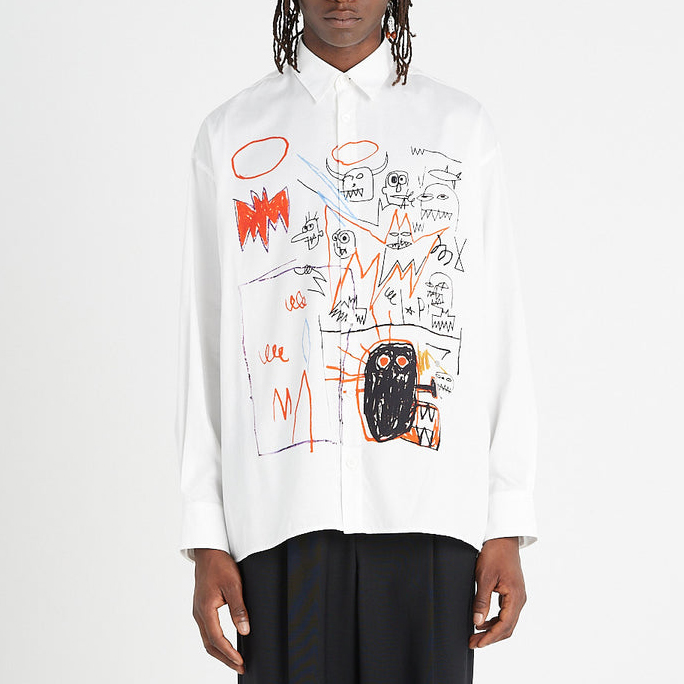
study shirt -

Jean-Michel Basquiat. Painting Against the Medici. 1982
Keith Haring, one of the first famous street artists, opposed this exploitation and even established his own production, which was sold at very affordable prices. Now Haring’s dancing men can be seen in Vivienne Westwood, Comme des Garçons, Tommy Hilfiger, Levi’s and many more collections.
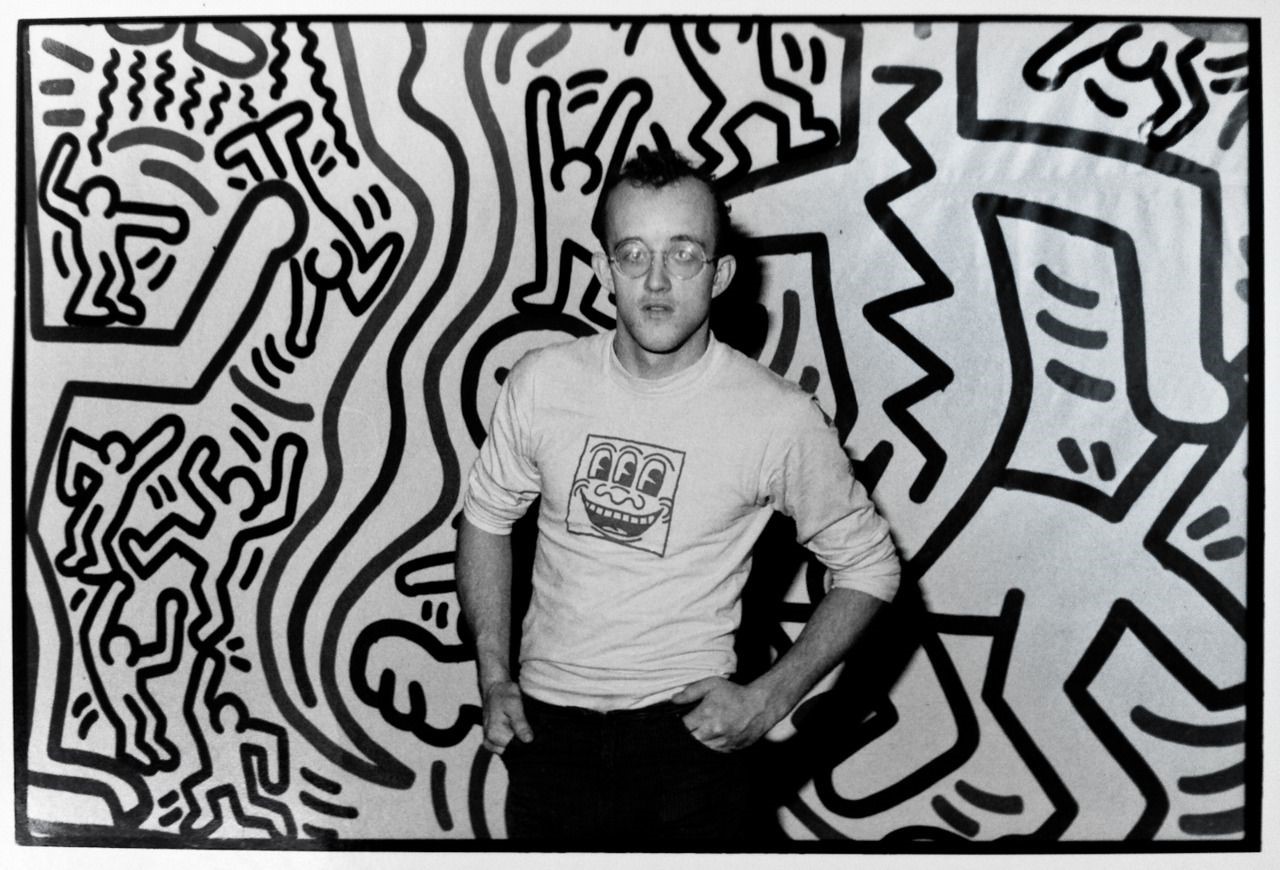
In 2009, designer Marc Jacobs launched Louis Vuitton’s Graffiti handbag collection, which was quickly sold out by celebrities like Madonna and Paris Hilton. Balenciaga is not far behind – in 2017, the brand created its own version of the Graffiti Collection – a series of bags, backpacks and wallets made of black leather, painted in the style of colorful garden labels.

At the same time, there are enough examples in the fashion world of well-known brands unfairly borrowing the work of others.
In 2015, Moschino creative director Jeremy Scott copied graffiti from street artist Rime (Joseph Tierney) for his collection. Scott felt that if the drawing was actually an act of vandalism, then there could be no copyright involved.
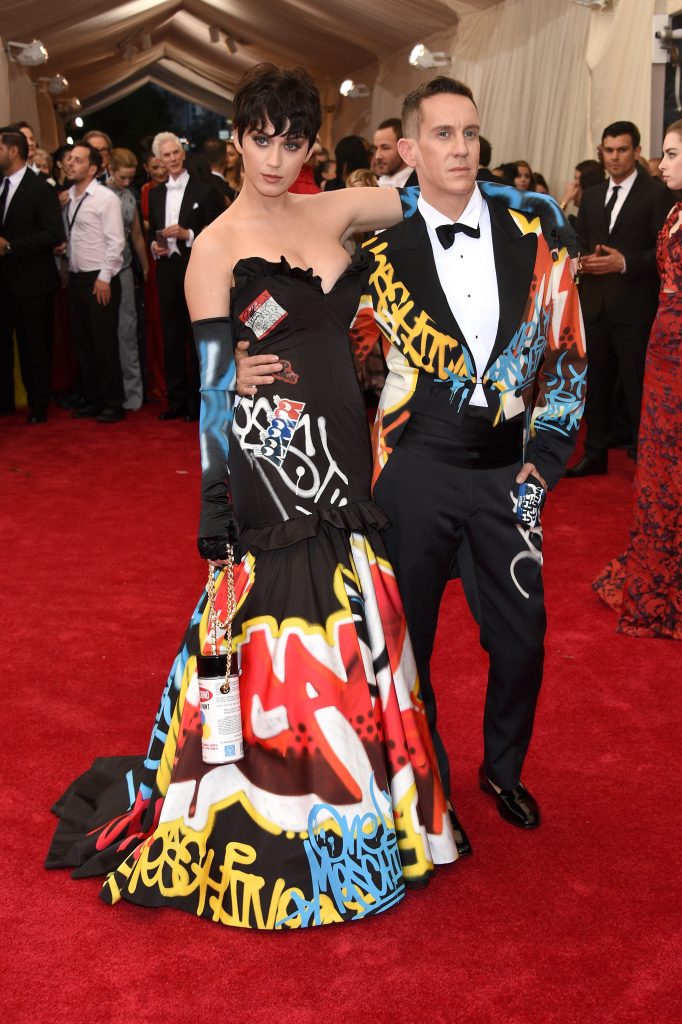
Moreover, the couturier appeared with Katy Perry at the Met Gala ball, where they made a splash with stolen printed clothes, without telling who the real author of the graffiti was. Rime sued the brand for plagiarism and, as an accusation, damaged his reputation as a street artist. “There is nothing that opposes the outside ‘street credibility’ that is more important to graffiti artists than to associate them with the European elegance, luxury and glamor that Moschino embodies,” he said.
From the latest scandals, it’s worth recalling Banksy’s angry call to steal things from Guess stores, which unwittingly used “Flower Launcher (Anger)”.

“They helped themselves in my work without asking me. So what’s wrong with doing the same to their clothes?” – wrote the artist on her page on the social network. Although Banksy lost the rights to her own work by refusing to reveal her identity in court, as a true street hooligan she found her own ways to deal with the arbitrariness of big corporations.
Source: People Talk
Elizabeth Cabrera is an author and journalist who writes for The Fashion Vibes. With a talent for staying up-to-date on the latest news and trends, Elizabeth is dedicated to delivering informative and engaging articles that keep readers informed on the latest developments.

